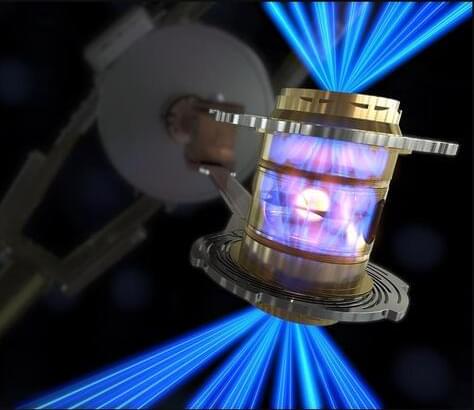More energy out than in. For 7 decades, fusion scientists have chased this elusive goal, known as energy gain. At 1 a.m. on 5 December, researchers at the National Ignition Facility (NIF) in California finally did it, focusing 2.05 megajoules of laser light onto a tiny capsule of fusion fuel and sparking an explosion that produced 3.15 MJ of energy—the equivalent of about three sticks of dynamite.
“This is extremely exciting, it’s a major breakthrough,” says Anne White, a plasma physicist at the Massachusetts Institute of Technology, who was not involved in the work.
Mark Herrmann, who leads NIF as the program director for weapons physics and design at Lawrence Livermore National Laboratory, says it feels “wonderful,” adding: “I’m so proud of the team.”
